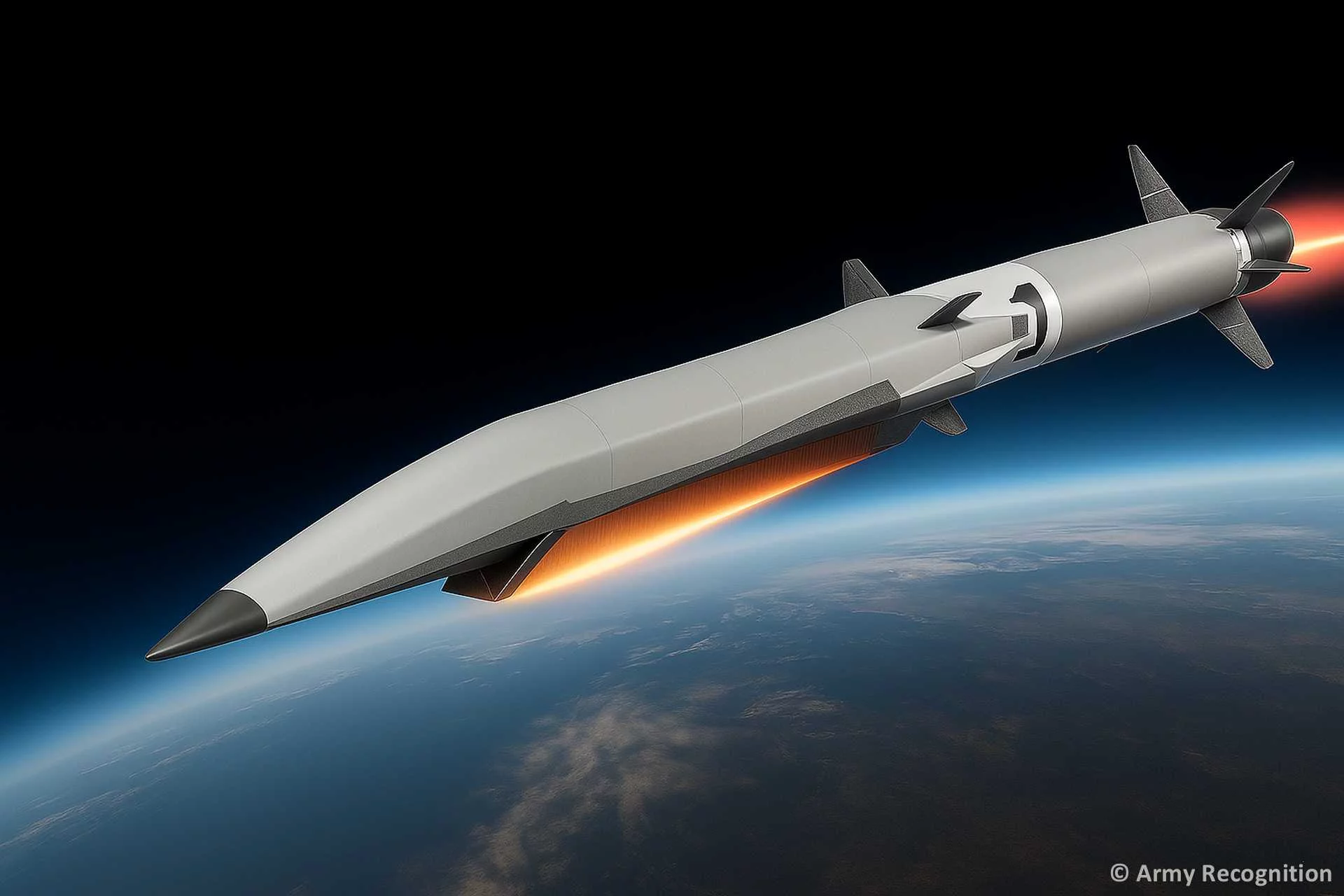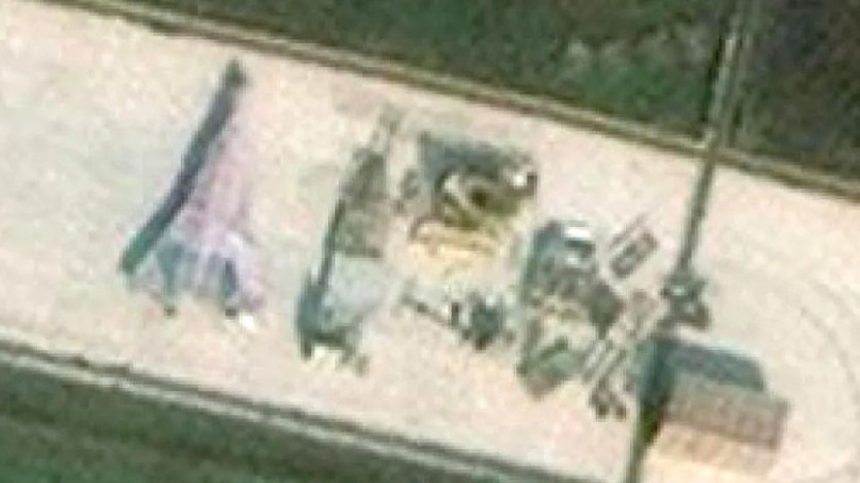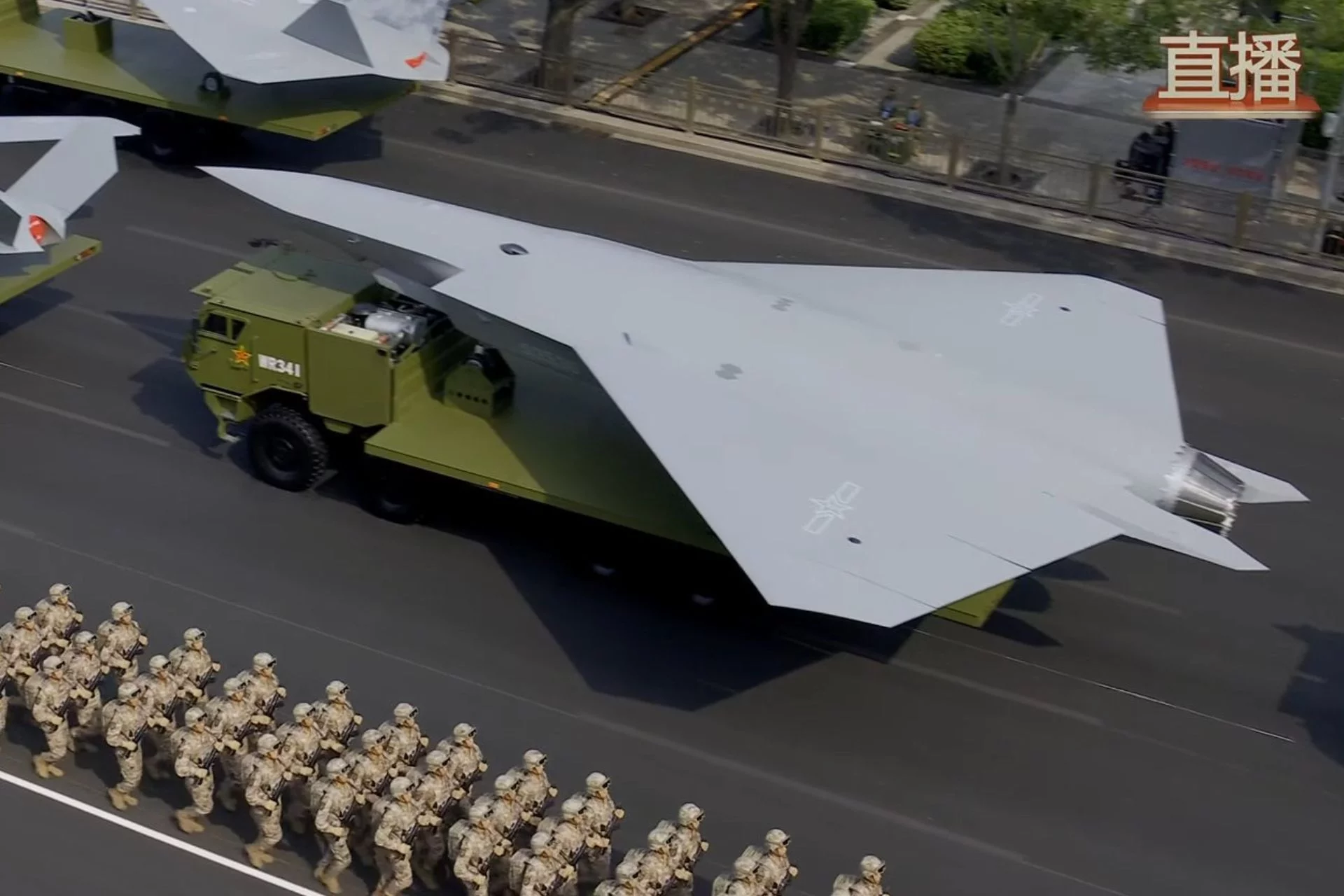On July 14, 2025, India marked a historic milestone in defense technology with the successful test of the Extended Trajectory Long Duration Hypersonic Cruise Missile (ET-LDHCM), a cutting-edge system developed indigenously by the Defence Research and Development Organisation (DRDO) under the classified Project Vishnu. Launched from a test site on India’s eastern coast, the missile achieved speeds of Mach 8—approximately 11,000 kilometers per hour—and precisely struck its target, heralding India’s entry into an elite group of nations with advanced hypersonic cruise missile capabilities, alongside the United States, Russia, and China. This achievement underscores India’s growing prowess in strategic defense and its ambition to bolster deterrence in a tense regional security landscape.
The ET-LDHCM is powered by an air-breathing scramjet engine, which draws oxygen from the atmosphere for combustion, enabling sustained hypersonic flight without the need for onboard oxidizers. This design enhances fuel efficiency and supports long-duration missions. In November 2024, DRDO validated the engine’s performance with a 1,000-second ground test, confirming its ability to withstand extreme conditions, including temperatures exceeding 2,000 degrees Celsius. The missile’s structure incorporates advanced heat- and oxidation-resistant materials, along with thermal coatings co-developed with the Department of Science and Technology. These innovations ensure stability at high velocities, minimize degradation during atmospheric reentry, and enable operations in harsh environments, such as maritime deployments.
Capable of delivering payloads between 1,000 and 2,000 kilograms, the ET-LDHCM is versatile, supporting both conventional and nuclear warheads. Its guidance system combines inertial navigation with potential satellite correction through India’s NavIC or GPS, ensuring precision targeting. The missile’s low-altitude flight profile and mid-flight maneuverability make its trajectory unpredictable, complicating interception by existing air defense systems. At hypersonic speeds, ionization of surrounding air creates plasma effects that absorb radar waves, reducing the missile’s radar cross-section and enhancing its stealth. These features allow the ET-LDHCM to engage diverse targets, including command centers, radar installations, naval vessels, and fortified military structures. Its multi-platform launch capability—from land-based systems, naval vessels, or aircraft like the Su-30MKI and Rafale—ensures operational flexibility across domains.
Developed under Project Vishnu, which aims to create a family of twelve hypersonic systems for strike and interception roles, the ET-LDHCM builds on India’s prior hypersonic research, notably the Hypersonic Technology Demonstrator Vehicle (HSTDV). Unlike the BrahMos missile, a ramjet-powered system developed with Russia that reaches Mach 3 and a range of 450 kilometers, or the Agni-5 ballistic missile with its high-arc trajectory and 5,000-kilometer range, the ET-LDHCM offers a unique combination of air-breathing propulsion, speeds up to Mach 8, and a range of 1,500 to 2,500 kilometers depending on configuration. It surpasses the Shaurya hypersonic ballistic missile’s fixed trajectory and outpaces the submarine-launched K-series missiles, which rely on solid-fuel propulsion. The ET-LDHCM’s real-time maneuverability and sustained atmospheric flight set it apart, offering tactical and strategic advantages in diverse scenarios.
Designed and manufactured at the Dr. A.P.J. Abdul Kalam Missile Complex with contributions from Indian private defense firms and small and medium enterprises, the ET-LDHCM aligns with India’s goal of reducing reliance on foreign suppliers and strengthening its domestic defense industry. The missile’s development coincides with heightened regional tensions, as Pakistan deepens ties with Turkey and China expands its military presence in the Indo-Pacific, advancing its own hypersonic systems like the DF-21D and DF-26. The ET-LDHCM enhances India’s credible minimum deterrence doctrine by offering deep-strike capabilities and survivability against advanced missile defenses, such as Israel’s Iron Dome, the U.S. THAAD, and Russia’s S-500. Its high speed, stealth, and maneuverability enable it to neutralize strategic targets before adversaries can respond.
Beyond its military significance, the ET-LDHCM drives technological advancements with potential civilian applications. Innovations in propulsion, heat-resistant materials, and guidance systems could benefit satellite launches and high-speed transport. DRDO’s collaboration with industry and academia fosters technology diffusion, workforce development, and job creation, while also positioning India for potential defense exports. Analysts suggest the missile could serve as a foundation for future variants, such as hypersonic glide vehicles, with operational deployment targeted for 2027 or 2028. Ongoing tests will focus on resilience against electronic countermeasures, guidance accuracy, and integration with military platforms.
Compared to global hypersonic systems, the ET-LDHCM shares similarities with Russia’s 3M22 Zircon, a scramjet-powered missile with Mach 8 speeds but a shorter range, and the U.S. Long-Range Hypersonic Weapon, a boost-glide system reaching Mach 17 with a 2,776-kilometer range. Unlike China’s DF-ZF and DF-27, which rely on boost-glide technology for terminal-phase maneuverability, the ET-LDHCM maintains powered hypersonic flight, offering extended control and low-altitude stealth. Its payload capacity, multi-platform compatibility, and active thermal protection distinguish it, aligning India’s design with advanced scramjet-based concepts while leveraging indigenous engineering.
Following a successful long-range test in late 2024, the July 2025 trial marks India’s second hypersonic milestone in a year. Unlike ballistic missiles with predictable arcs, the ET-LDHCM’s flatter trajectory and mid-flight course corrections reduce detection risks. DRDO aims to refine the system for diverse operational scenarios, including naval and airborne launches, with full deployment expected before 2030. As India advances its hypersonic capabilities, the ET-LDHCM strengthens its strategic posture, enhances deterrence, and positions the nation as a key player in global defense innovation.




